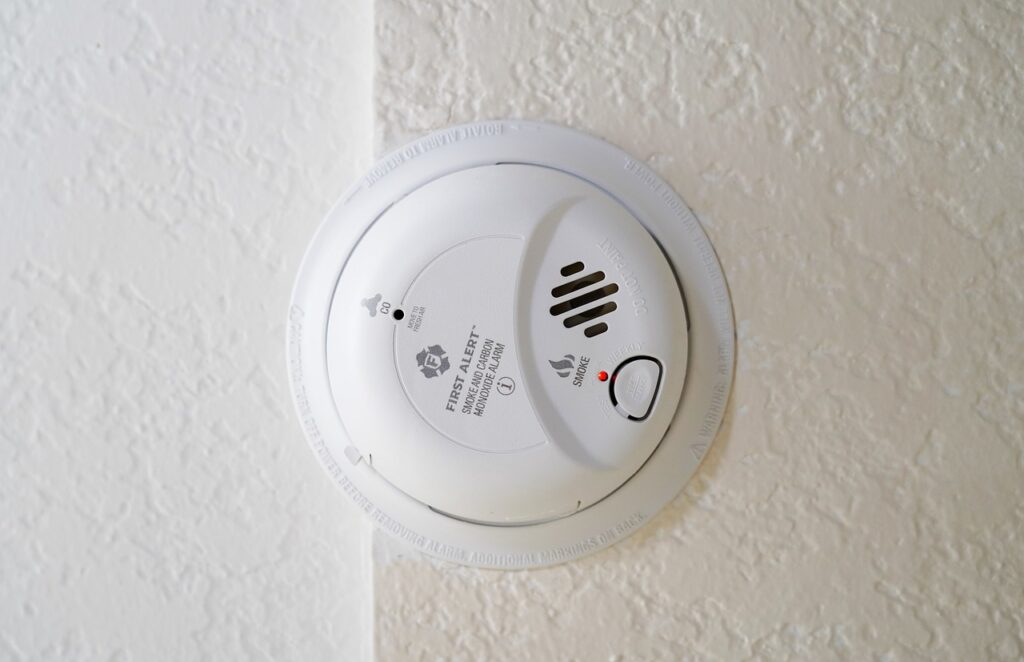Did you know?
CO Detectors (also know as ‘Carbon Monoxide Detectors’) are electronic sensors that are designed to set off an alarm if they detect the presence of deadly carbon monoxide gas.
CO Detectors are an especially important safety feature for a home that has any type of fuel-burning appliances.
Why it’s important:
Accidental carbon monoxide (CO) poisoning kill more people than any other chemical substance (200 people killed and 8,000 people injured per year) according to the Consumer Products Safety Commission. Carbon monoxide is an odorless, colorless gas that is created by combustion such as in a gas furnace or oil-fired water heater, gas oven, or engine.
Where should the CO Detectors be installed?
- Where should CO devices be installed in homes? CO devices should be installed outside each sleeping areas of the home including the basement. The manufacturer’s installation instruction should also be followed.
- Are CO devices that are required by SB-183 to be installed in each room? No. They are required by SB-183 to be installed outside of each sleeping area. For maximum protection against CO gas, it is recommended that a CO device be installed in each sleeping room.
- At what height/location should a CO device be mounted? According to the National Fire Protection Association (NFPA) 720, the location for effective performance is not generally dependent on mounting height. The density of carbon monoxide is similar to that of air at room temperature, and carbon monoxide generally mixes readily with air. The manufacturer’s installation instruction should also be followed. November 29, 2012 4
- Can I replace my existing smoke detector with a carbon monoxide device? No. By law, both smoke alarms/detectors and carbon monoxide devices are required to be installed in all dwellings. However, a combination smoke and carbon monoxide alarm/detector will satisfy both requirements.
Yearly Maintenance: Replace batteries and clean unit
This task is important for safety reasons. Exposure to a low concentration over several hours can be as dangerous as exposure to high carbon monoxide levels for a few minutes. Newer carbon monoxide detectors can detect both situations.
NOTE: Although carbon monoxide detectors can be used to help alert you to the presence of carbon monoxide, they should not be used as a substitute for proper use and maintenance of your fuel-burning appliances.
Timing: Yearly
For more on this law and safety measures you can refer to the California Fire Marshal Site here: http://osfm.fire.ca.gov/strucfireengineer/pdf/bml/frequently%20asked%20questions%20on%20carbon%20monoxide.pdf
Download as PDF or JPG to share with your clients

